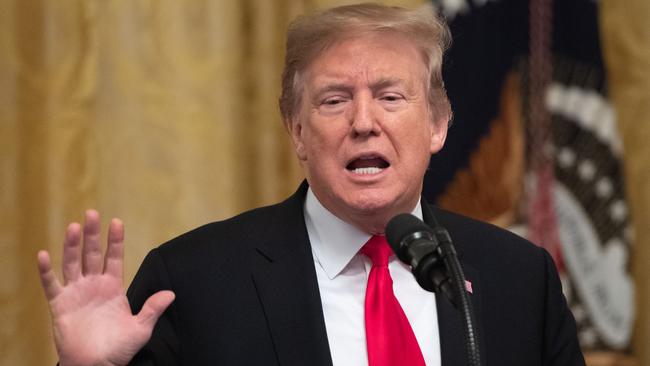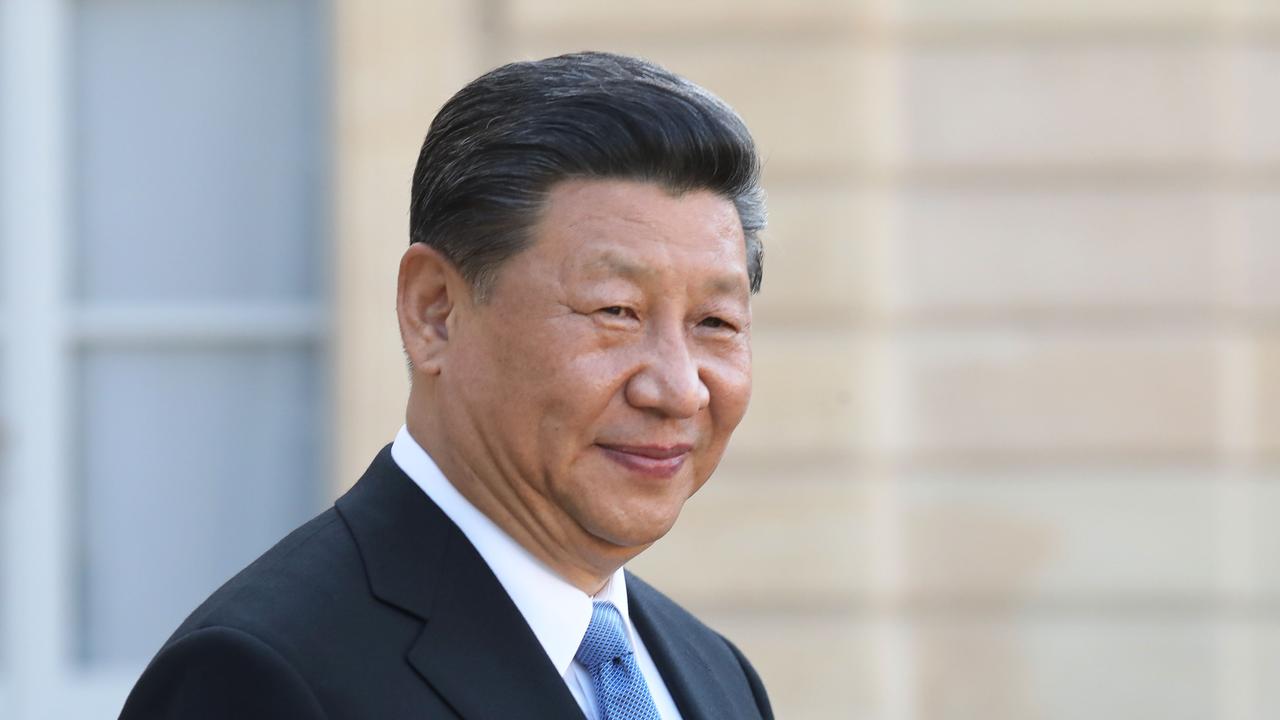Move recognises today’s reality in the Middle East

This time his tweet was based on more than personal impulse and makes sense for American and Israeli interests. Israel captured most of the Golan from Syria in the 1967 war and formally annexed it in 1981. The rest of the world has never recognised Israel’s control, and US negotiators over the decades have seen it as land Israel would return to Syria as part of a broader peace settlement.
That scenario has become even more unlikely amid the chaos of Syria’s long civil war.
A country controlled by the Assad family has become a fractured cauldron of jihadist militias and Iranian proxies. If Israel didn’t control the Golan, the heights might now be dominated by Hezbollah or perhaps Islamic State. Either reality is unacceptable to Israel.
Prime Minister Benjamin Netanyahu has been lobbying Trump to recognise Israel’s control of the Golan, and the timing of Trump’s tweet might help Netanyahu with elections looming.
But annexation of the Golan isn’t controversial in Israel. Arab countries will object, but that will fade as anger did when Trump moved the US embassy to Jerusalem.
Recognising the Golan sends a message to Russia, Syria’s patron, that the US recognises that the civil war has changed Syrian reality. There is no returning to a non-existent status quo ante. It also tells the Palestinians that a return to pre-1967 borders is no longer realistic. They will have to allow some Israeli security presence in what they call the “occupied territories” if they want a two-state solution in Palestine.
Trump’s guiding foreign-policy doctrine of “principled realism” can be hard to discern or define amid his policy-by-Twitter, but recognising the Golan is principled in its support for an ally and realistic in recognising the Middle East as it is.
The Wall Street Journal



President Donald Trump made new US policy yesterday, as he often does these days, with a tweet recognising Israel’s sovereignty over the Golan Heights on the border with Syria.